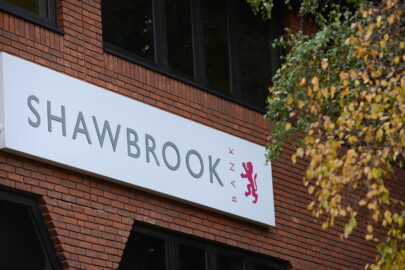New research from Shawbrook Bank suggests that 53% of property investors are looking to enter or expand in the HMO market.
72% of investors surveyed cite yield as the main attraction for investing in a HMO followed by the potential for capital growth (29%).
Shawbrook has identified three main types of HMO investors:
- Accidental landlord: the home owner who rents out a spare room, becoming an accidental HMO as the property would have been originally purchased as a residence rather than an investment
- ‘Smash and bash crowd’: active investors looking for properties that would be suitable for HMO purposes after seeing the growth opportunities, often completely reconfiguring properties to house up to six or seven tenants
- Regular buy-to-let: investors who have bought a large house for a standard buy-to-let but have used as a HMO because the property lends itself to the model.
Shawbrook says that HMOs are becoming a more mainstream housing option, attracting traditional and often less experienced buy-to-let investors. Research from Shawbrook has found that 34% of of investors cited HMOs as their most preferred property type, an increase which has more than doubled from 16% in July 2015.
Karen Bennett, sales & marketing director of commercial mortgages at Shawbrook, said: “As far as we are aware, no real valuation framework currently exists that provides the necessary clarity. This is causing problems for both lenders and investors, as the perceived value of the property affects how much equity the bank is prepared to release in order to aid them in future investments. Too much and the bank is at risk, too little and it limits the investor’s potential for expansion. A lack of guidance in this area means there is a risk that houses being approved will be questionable in their quality and this will further increase the risk to lenders.”
With a lack of a genuine valuation framework in place, Shawbrook argues that work has been done to try and provide at least some guidance by engaging with valuers across the country and releasing some more clearly defined categories.
- HMO1: Small HMO, no Article 4 or planning exists, fabric of building remains largely unchanged – lending is against value as a Private Dwelling
If the property is not in an area with an Article 4 Directive in place and the works required to convert into a HMO are minimal, it is logical that the property does not necessarily have an independent value as a HMO. An investor is more likely to purchase a cheaper property in the same street and convert this to a HMO than pay a premium price, Shawbrook says.
- HMO2: No Article 4 or planning exists but there is a demand for this property as a HMO, the fabric of the building has changed – lending is against Market Value
Where the property is not in an area with an Article 4 Directive in place. If specialist/ extensive works are required to convert into a HMO and the security is in an area that supports HMO demand, it is logical that the property will have an independent value as a HMO. As such, any investor is likely to recognise the need to pay a premium.
- HMO3: Article 4 is in place – lending is against Market Value
If the property is in an area that has an Article 4 Directive in place, it is in an area where a HMO is clearly a viable investment and will have an independent value as a HMO. As such, any investor wishing to run a HMO in the area understands there is likely to be a premium price to the value.
- HMO4: Sui Generis planning is in place – lending is against Market Value
Planning is in place to use as a large HMO (7 beds +), and will have very specific structural changes to be utilised as a HMO.
Stephen Johnson, deputy CEO and managing director for commercial mortgages at Shawbrook, said: “As the spotlight continues to shine on the HMO space, it is becoming increasingly important for investors to have a good grasp of these more technical concerns and an understanding of future risks.
“While there are certainly new challenges on the horizon, there are still a great number of opportunities in this market that has produced excellent yields for property investors in the past. Taking a responsible approach means that a sustainable future for the market can certainly be found. This is a market that is constantly moving and investors and lenders will need to learn, adapt, and move with the times if they are to continue to take advantage of the opportunities presented by this attractive asset class.”
